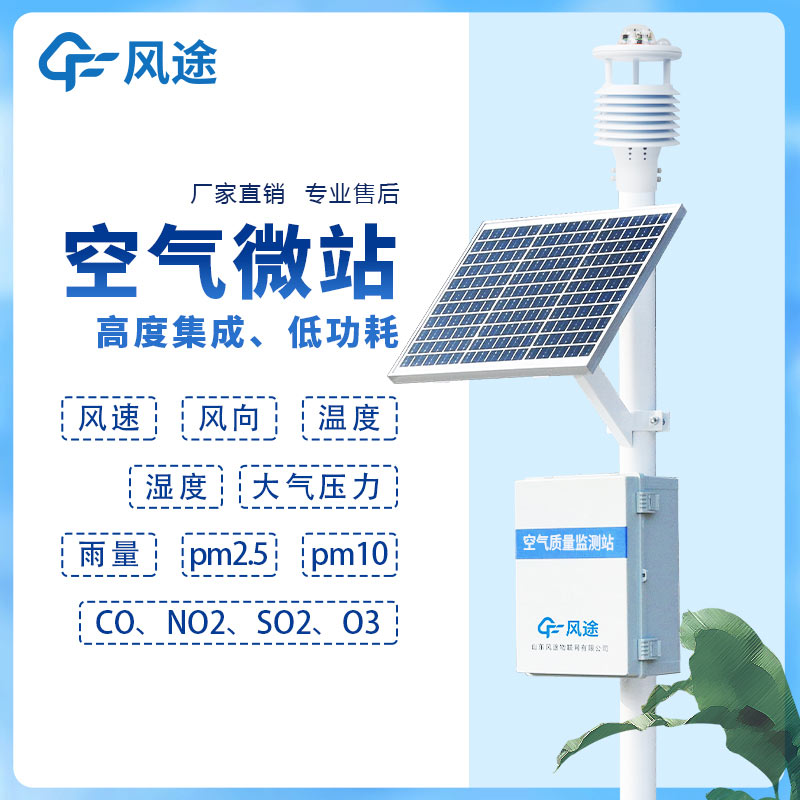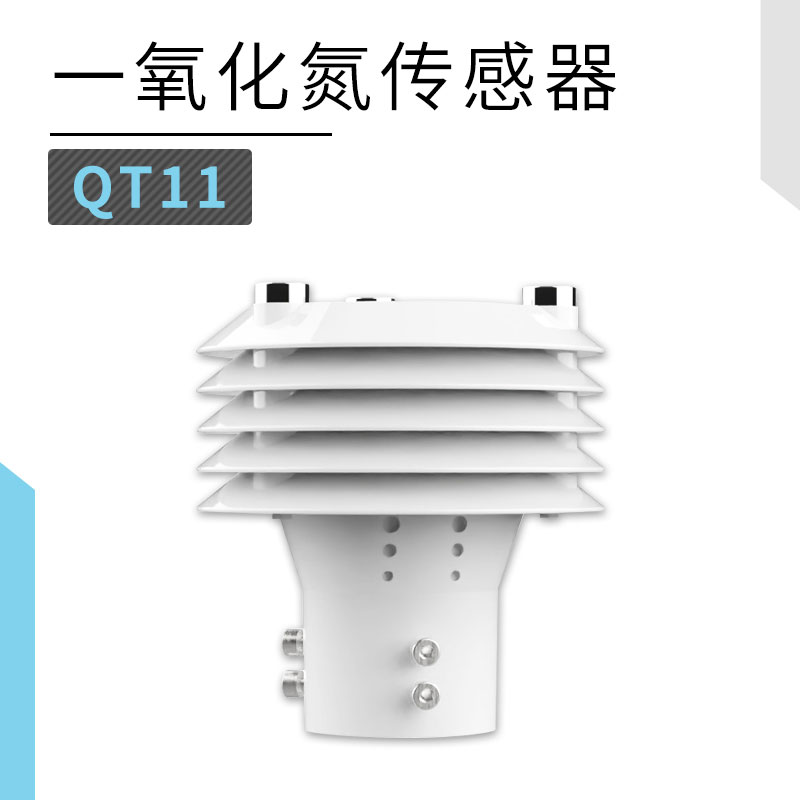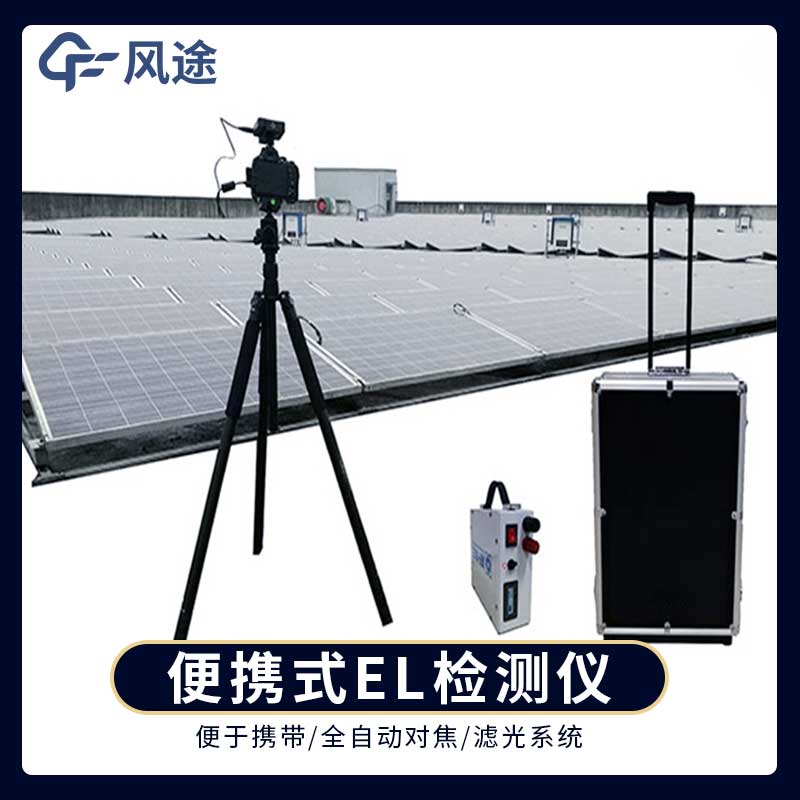Product
Recommended article
- How Forestry Weather Stations Bolster Forest Fire Prevention Efforts
- Discover the Power of Negative Oxygen Ion Monitoring System for Cleaner Air
- Comparative Analysis of Ultrasonic and Automatic Weather Stations in Meteorological Monitoring
- Breaking Through the ‘Last Meter’ with Online Dust Monitoring System
- Mastering Road Conditions with Road Weather Station
- Inhalable Dust Continuous Tester: A Portable Solution for Dust Concentration Monitoring
Contact us
Shandong Fengtu IOT Technology Co., Ltd
Sales Manager:Ms. Emily Wang
Cel,Whatsapp,Wechat:+86 15898932201
Email:info@fengtutec.com
Add:No. 155 Optoelectronic Industry Accelerator, Gaoxin District, Weifang, Shandong, China
Enhancing Air Pollution Control with Grid-Based Regulation and High-Resolution Monitoring
Article source:Weather station time:2024-10-30 09:16:21 viewed:5times
"Grid-based" regulation in air pollution control refers to the division of the regulatory area into multiple small grids, each with a clear supervisory responsible person and task, ensuring that regulatory measures can be precisely implemented at every specific location. This approach can improve regulatory efficiency, ensure that policies and measures cover every corner, address potential blind spots and dead zones in regulation, and thereby enhance the effectiveness of air pollution control. Through this refined management method, the "last mile" of air pollution control can be effectively bridged, ensuring that regulatory measures are truly implemented on the ground.
The Air Quality Monitoring Station is a device specifically designed to complement "grid-based" regulation. It provides high-resolution air quality data, monitoring the concentrations of pollutants such as PM2.5, PM10, SO₂, NO₂, O₃, and CO in real-time, accurately presenting the air quality conditions within each grid. The monitoring station can assist in quickly tracing pollution sources; when air quality in a particular grid is abnormal, it can determine the source of pollutants by combining surrounding data and meteorological factors, facilitating targeted governance. Its data-sharing function can aggregate data from various monitoring stations, allowing regulatory authorities to grasp the distribution of air quality in the region and coordinate supervision across different grids.
The monitoring station is connected to a cloud platform, enabling data visualization, analysis, and early warning, and it also has an intelligent alarm function that issues alerts promptly when monitored data exceeds preset standards. Long-term data can be used to analyze trends in air quality changes and assess the effectiveness of control measures within grids, providing support for strategy adjustments.

This paper addresses:https://www.yf182.com/industry/541.html
Related products
Related article
-
Automatic Farmland Weather Station
2024-08-20 -
Weather station monitoring system for defence against meteorological disasters
2024-02-21 -
Advantages of Atmospheric Negative Oxygen Ion Monitoring System
2024-02-05 -
System framework for digital weather stations
2024-05-10 -
Agricultural Environment Monitoring System for more scientific agricultural production
2024-07-26 -
Small meteorological monitoring stations for agriculture
2024-07-09 -
Meteorological monitoring system meteorological monitors
2024-06-21 -
Forestry Weather Station: Your All-in-One Fire Risk Sentinel in the Woods
2024-12-09










